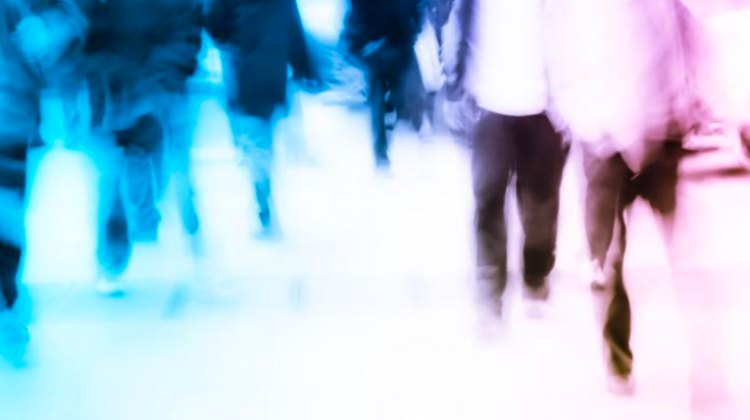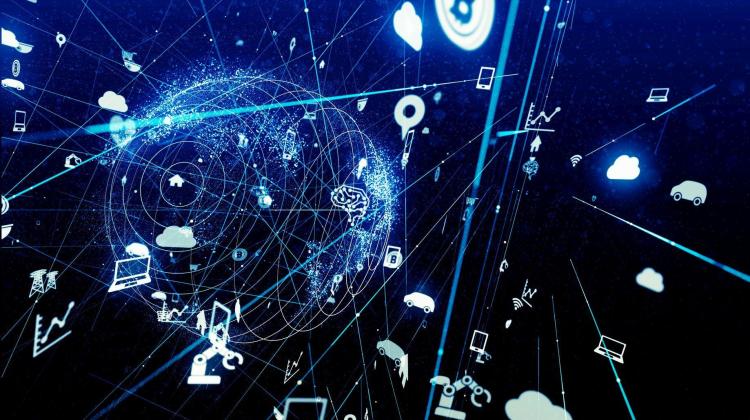Polish system for the visually impaired will read messages from the surroundings
 Photo: Fotolia
Photo: Fotolia
Polish innovators are developing the system Toucan Eye, which will identify written messages and symbols in the environment and read them to the visually impaired. The system users will use a cam fitted in a device resembling a bluetooth headset.
"There are approx. 500,000 visually impaired people in Poland. These people see the contours of objects, but they can not see the details" - says Radosław Zdunek from the Polish company Toucan Systems. He explains that such people have to rely on the help of others in places such as bus stops, when they need to find out the number of the approaching bus. Or, for example, in offices, when looking for the right desk. Or in a restaurant or shop, when they are not able to read the menu or the price of the product. Not to mention finding a toilet.
Meanwhile, new technologies give such people an opportunity to become independent of the help of random passers-by. Toucan Systems, with the support of the National Centre for Research and Development, is working on the system Toucan Eye. The first devices of the Polish company are expected to appear on the market at the end of 2019.
"A user of our device will not stand out in the crowd" - says Radosław Zdunek. He explains that the device will look like an ordinary bluetooth headset placed on the ear. But this headset will be equipped with a camera, invisible at first glance. It will be connected wirelessly to a mobile computer the size of a smartphone that will fit in user`s pocket or purse.
Artificial intelligence (AI) algorithms will scan the image from the camera for signs and symbols, convert written text to human speech and send information to the headset. The user will also be able to narrow down the search area and point to the area containing the message that should be read.
"At first we though that our device would be more useful to the blind. But consultation with the Polish Association of the Blind showed that people with visual impairments would be more interested in our solution because, compared to blind people, they are much less likely to be accompanied by a guide" - says Radosław Zdunek.
Toucan AI will work offline - all calculations will be performed by a portable device. Users will not have to worry about access to mobile network in the places they plan to visit. And when travelling abroad, they will not have to worry about the bills for data use. "We wanted the user to be able to rely on Toucan AI anytime, anywhere. Just as people with impairments rely on other devices" - he says.
Radosław Zdunek explains that the biggest challenge in working on the device is developing an algorithm that will recognise written messages and symbols - such as the toilet sign - in a variety of conditions. "The problem is that there are a lot of different types of fonts in the public space, some are decorative, others lean to the left or right, sometimes the letters are arranged vertically, one below the other, sometimes they are slanted... In addition, the camera will see them at various angles and in various lighting conditions. There will be noise in the recording. Reading such messages is a complex problem" - he says.
Initially, the device will recognize messages in Polish. With time, the company also wants to introduce a version for English language.
"So far, only one company in the world has developed a similar system. We will compete with it in terms of efficiency" - assures Zdunek. He says that the Polish product is expected to be cheaper and more effective in recognizing objects than the product already available on the market.
The authors of Toucan Eye estimate that one charge of their device should last for eight hours of continuous operation. Radosław Zdunek notes: "When you walk down the street, you are not interested in all the messages you pass. The user will turn on the system in certain places" - says the innovator. By pressing buttons on the device, the user will tell the device that he or she needs help and input the type of scenery. A different mode of operation of the device will be needed in a cafe, different at a bus stop.
Future versions of the device will be able to determine the context by analysing the image - whether it is an interior (where the system should search for small letters at a small distance from the camera), or an open space (where messages are at a greater distance).
PAP - Science in Poland, Ludwika Tomala
lt/ ekr/ kap/
tr. RL
Przed dodaniem komentarza prosimy o zapoznanie z Regulaminem forum serwisu Nauka w Polsce.
















